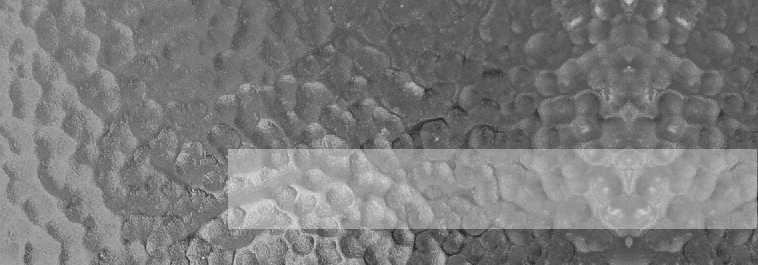Iron (Fe) is a metallic element and composes about 5% of the Earth’s crust. When pure it is a dark, silvery-gray metal. It is a very reactive element and oxidizes (rusts) very easily. The reds, oranges and yellows seen in some soils and on rocks are probably iron oxides. The inner core of the Earth is believed to be a solid iron-nickel alloy. Iron-nickel meteorites are believed to represent the earliest material formed at the beginning of the universe. Studies show that there is considerable iron in the stars and terrestrial planets: Mars, the "Red Planet," is red due to the iron oxides in its crust.
The mineral magnetite (Fe3O4) is a naturally occurring metallic mineral that is occasionally found in sufficient quantities to be an ore of iron.
The principle ores of iron are Hematite, (70% iron) and Magnetite, (72 % iron). Taconite is a low-grade iron ore, containing up to 30% Magnetite and Hematite.
Hematite is iron oxide (Fe2O3). The amount of hematite needed in any deposit to make it profitable to mine must be in the tens of millions of tons. Hematite deposits are mostly sedimentary in origin, such as the banded iron formations (BIFs). BIFs consist of alternating layers of chert (a variety of the mineral quartz), hematite and magnetite. They are found throughout the world and are the most important iron ore in the world today.
Uses
Iron ore is the raw material used to make pig iron, which is one of the main raw materials to make steel. Raw iron by itself is not as strong and hard as needed for construction and other purposes. So, the raw iron is alloyed with a variety of elements (such as tungsten, manganese, nickel, vanadium, chromium) to strengthen and harden it, making useful steel for construction, automobiles, and other forms of transportation such as trucks, trains and train tracks.
While the other uses for iron ore and iron are only a very small amount of the consumption, they provide excellent examples of the ingenuity and the multitude of uses that man can create from our natural resources. |
